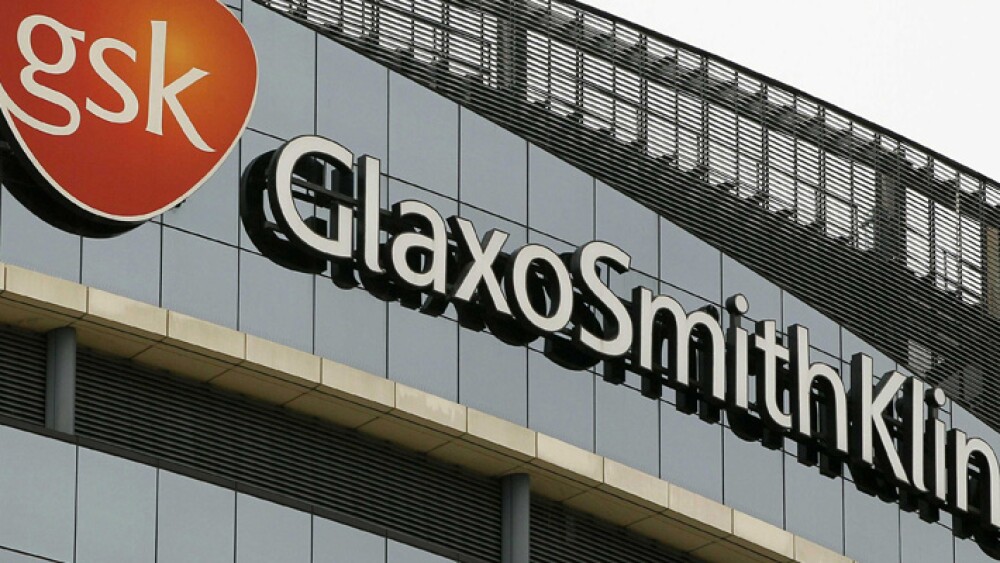November 2, 2016
(Last Updated: November 3, 2016 at 12:30pm PT)
By Alex Keown, BioSpace.com Breaking News Staff
MISSOULA, Mont. – Eighteen months after GlaxoSmithKline shuttered its vaccine research and development facility in Hamilton, Mont. and laid off about two dozen people, some of those jobs have returned to The Treasure State thanks to a new biotech startup partnered with the University of Montana.
The new startup is called Inimmune Corp. and its employees have a deep history working on vaccines at the former GSK site. Inimmune currently employs 22, many of which are from the former GSK vaccine facility, including its leadership team. The company is helmed by Jay Evans, who spent 15 years working at GSK’s vaccine facility. While at the Hamilton facility, Evans held several positions, including North American Pre-Clinical Innovation Team Leader, Project Leader and Investigator. Along with Evans, the company’s leadership includes David Burkhart, who also spent eight years at GSK leading the formulation R&D team. Inimmune said it expects to expand the number of its employees to at least 25 by the end of the year.
The scientists involved with Inimmune are working to create new immunotherapies directed at making meaningful and lasting clinical impacts in the areas of allergy, autoimmunity, infectious disease and cancer, according to the company’s website. The company said it plans to become a leader in the fields of immunotherapy and immuno-oncology.
Inimmune’s pipeline is focused on utilizing several late stage Toll-like receptor (TLR) agonists and antagonists for use in food allergy, allergic rhinitis and auto-immunity, according to its site. Its food allergy immunotherapy and allergic rhinitis therapy are both in pre-clinical phases now. The company did not indicate which food allergy it was targeting, such as peanut allergies, but said on its website that the vaccine will be administered sublingually. Its therapy is expected to advance to clinical toxicity in late 2016.
The company’s pipeline for autoimmune disorders, upper respiratory tract infections and cancer immunotherapies are coming out of the screening stage, according to its website.
In addition to its own pipeline development, Inimmune also partners with other companies and academic institutions on drug formulations, analytical chemistry, immunology and chemical synthesis.
Many of the employees involved with the closure of the GSK vaccine facility were transferred to a Maryland facility as part of a broader restructuring program implemented by the company last year that was expected to save GSK about $1.6 billion. Although the vaccine R&D facility was closed last year, GSK maintains a manufacturing facility in Hamilton that employs about 200 people. Gwynne Oossterbaan, GSK’s director of vaccines and global health communications, told BioSpace the manufacturing facility will support two critical vaccine candidates that target malaria and shingles being developed by GSK. The GSK vaccine site in Hamilton manufactures monophosphoryl lipid A (MPL), an additive that improves vaccine efficacy.
When the GSK site closed, there were efforts to save high-paying biotech jobs in Montana, which is where the University of Montana came into the game. The founders of Inimmune needed to find the necessary laboratory space and infrastructure capable of supporting a large multidisciplinary research program, the company said in a statement on its website. The university and the fledgling company forged a partnership that included the transfer of more than $20 million in in National Institutes of Health research contracts and equipment to the university, the company said.





